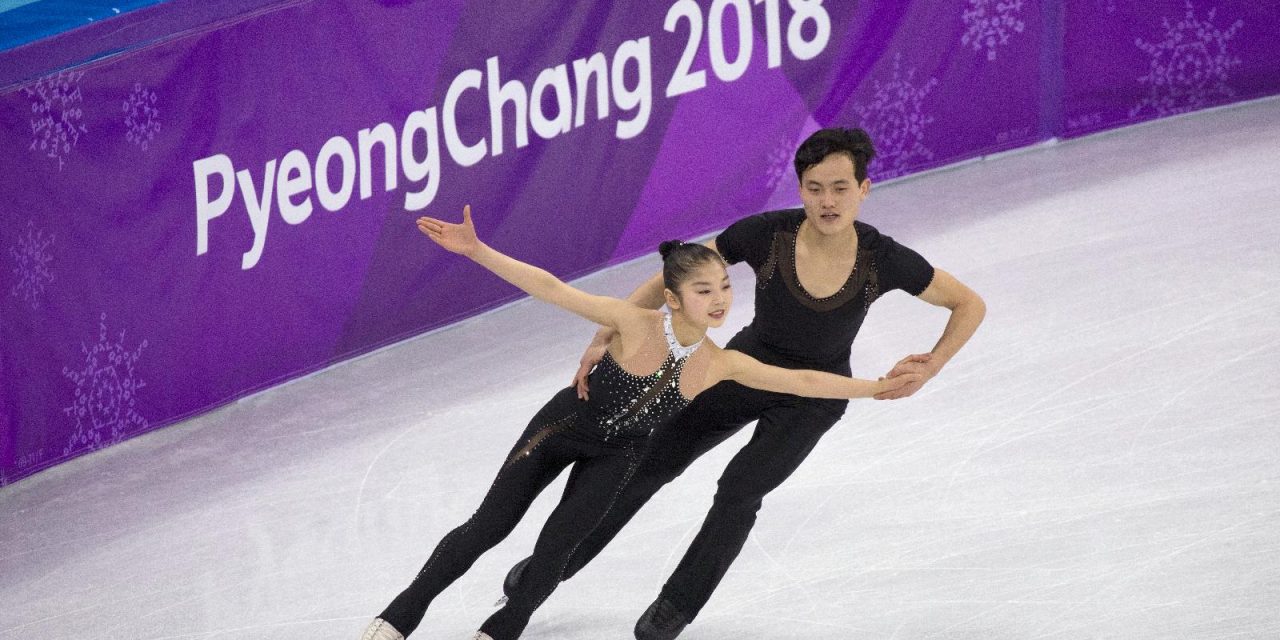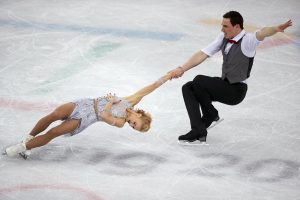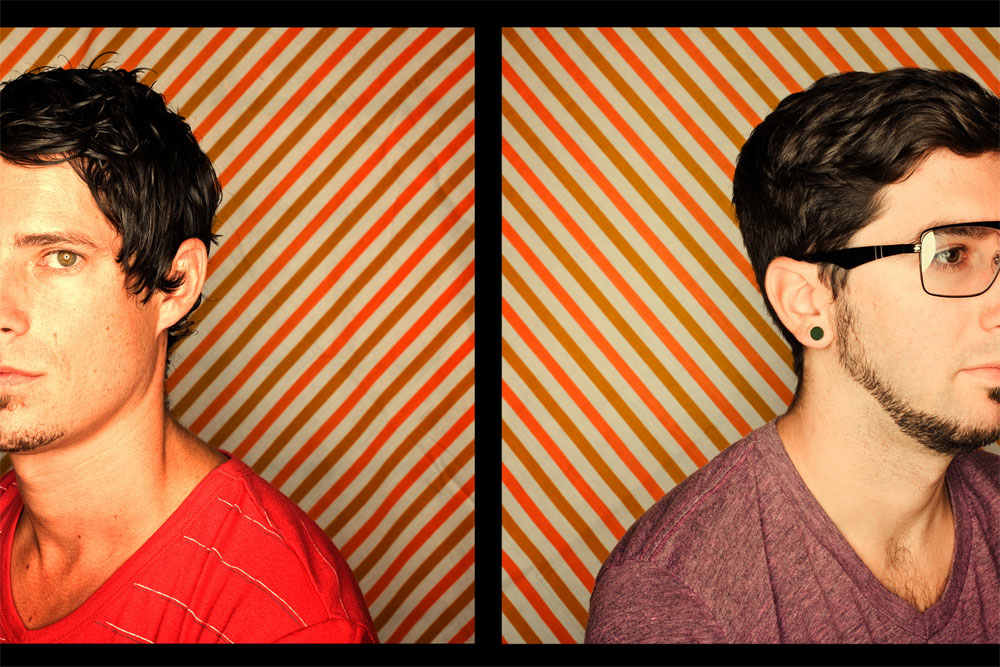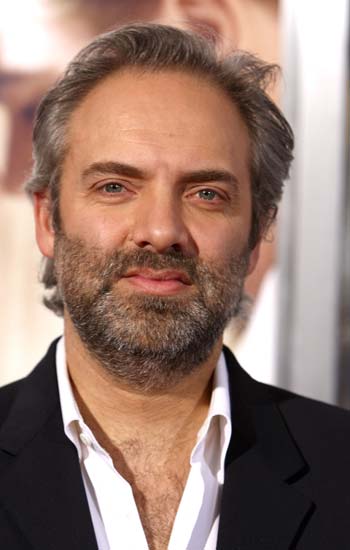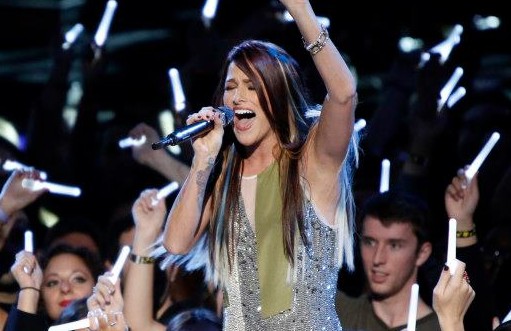By: Megan Farrell
The Olympics are rooted in tradition – from the motto debuting in 1924 and the supervising International Olympic Committee formation in 1894, to the legacy of awarding the top performers in each event stemming from ancient Greece itself.
As one of the few disciplines that have carried the Winter Olympics from its conception, figure skating is one of the oldest and most traditional events of the season. Up until this year’s games, the world of figure skating revolved around classical and instrumental music to guide the pace and tempo of their performances. This year, however, the International Olympic Committee allowed a rule change that has impacted the sport in an extremely positive way: athletes are now allowed to perform to lyrical soundtracks in all figure skating disciplines.
This change has allowed for a much-needed update to the sport, with almost a dozen international competitors skating to modern, easily recognizable tracks with a more upbeat tempo that push the performances to be faster and less interpretive, highlighting the efficiency and technique of the sport.
While there were still skaters who performed to the original classical roots of the sport, some skaters opted for renditions of more contemporary songs, like Patrick Chen representing Canada, who skated to “Hallelujah” by Jeff Buckley. The slower speed and carrying vocals of the song lent itself to a melodic flow to emphasize the skater’s nuance for lasting spins that highlight his performance.
However, many also took this opportunity to bring a faster pace to their programs, as Mae Berenice Meite from France skated to sections of Beyonce’s “Who Run the World (Girls).” This pairing lent itself to a more upbeat performance, keeping Meite on her toes at times – literally – while giving more personality to her approach to tricks; however, as a double-edged sword, the more demanding the flow of the song is, the less time Meite seemed to have between tricks, without the longer musical notes allowing time to gain speed or breathe with interpretive breaks within laps.
In one of the more interesting choices, there were skaters who opted to skate to covers of popular songs. “Roxanne,” originally performed by the Police, was played, but as the Baz Luhrmann “Moulin Rouge” soundtrack version, creating an extra visual component by relating to the film. But the French competitive pair Vanessa James and Morgan Cipres took the rule change to move their music in a different direction, choosing Paul Simon’s “The Sound of Silence” – just not by Paul Simon. The pair skated to a cover of Simon’s song by the heavy metal band Disturbed.
Known for its more underground following, Disturbed has been around since 1994, but focuses on heavier, fast guitar riffs with an overwhelming drum beat to match. Their single “Down with the Sickness” (2000) is most recognizable to wider audiences, thanks to its inclusion in the popular video game “Guitar Hero,” but even with this song being the most widely circulated, it does not seem to be universal enough to reach the sport of figure skating. However, the inclusion of a heavier cover of a tradition song used for the graceful and spiraling movements of figure skating shows the personality now being shown in the sport, as well as allowing for much more diversity in skaters, as well as in performances that will only get better as the sport grows even more.
These are just a few examples, but the wider reach of the rule change has given a rejuvenation to the Olympic sport, making it more relatable to a wider audience, and more accessible to those who might otherwise have disregarded the performances. By allowing more modern music to become the soundtrack to the sport at its height of competitiveness, the Olympic Committee has shown that it is open to the culture change we’ve been witnessing since the inclusion of “younger” and more “laid back” sports, such as snowboarding, into the Olympics.
WATCH PERFORMANCES HERE: http://ew.com/music/2018/02/11/olympic-skaters-beyonce-despacito-ed-sheeran/

